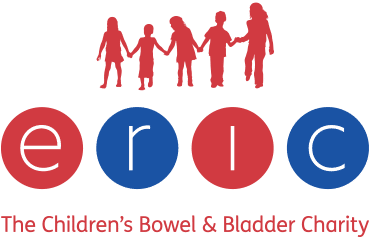Children’s general continence flowchart
This flowchart describes very broadly the child’s† journey through continence care. Note that every child has a right to access the full journey so they are helped to achieve their best possible level of continence.
Whatever the child’s needs, their journey should begin with a comprehensive assessment and identification and treatment of any bowel or bladder problem. Only a small minority of children will be unable to achieve a degree of continence and may be eligible for a supply of pads or nappies. As stated in NHS England’s Excellence in continence care guidance : "It must be the exception, rather than the rule, that children and young people are provided with containment products."
School age children with bladder and/or bowel problems have a right to have their continence needs met at school. Refer to Bladder and bowel issues at school for further information.
There are five separate flowcharts specifically for Toilet Training, Constipation, Daytime Bladders, Night Time Wetting, and Children with Additional Needs - click on the links in the ‘Select appropriate flowchart – follow treatment plan’ box below.
†Note, references in the flowcharts to 'child' imply children and teenagers.
Training events
Share this page
Parent/carer identifies concern regarding continence
Child seen by GP/School Health Nurse/Health Visitor/Learning Disabilities Team or equivalent Tier 1/Level 1 Service. Symptoms documented e.g. using Continence Assessment Form
Parent/carer contacts ERIC via helpline or visits website. Information obtained and self-help measures employed
Continence problem identified
Child to undergo physical examination to rule out underlying organic cause for symptoms as appropriate. BP/urinalysis to be recorded as appropriate
Red flag symptoms identified?
Referral to Paediatric Urology / Neurology / Gastroenterology
Select appropriate flowchart - follow treatment plan
Toilet Training
Constipation
Daytime Bladders
Night Time Wetting
Children with Additional Needs
Consider ordering containment products if appropriate - see Flowchart - Children with Additional Needs
Continue to follow treatment plan. Provide structured follow-up.
Symptoms improved?
Provide information and leaflets as appropriate and discharge.
Symptoms ongoing?
Refer to Paediatric Continence Service or equivalent local service using Referral Form.
Paediatric Urology / Neurology / Gastroenterology
&
Product Assessment
